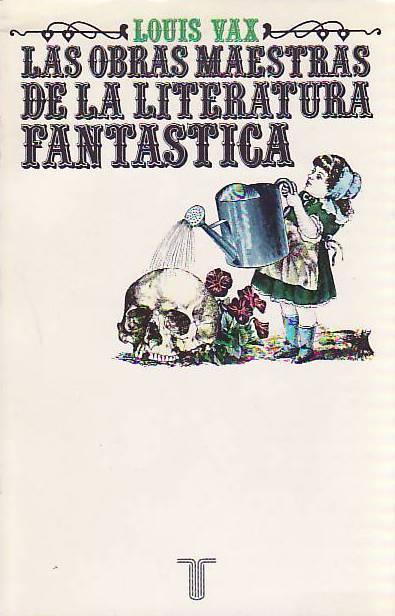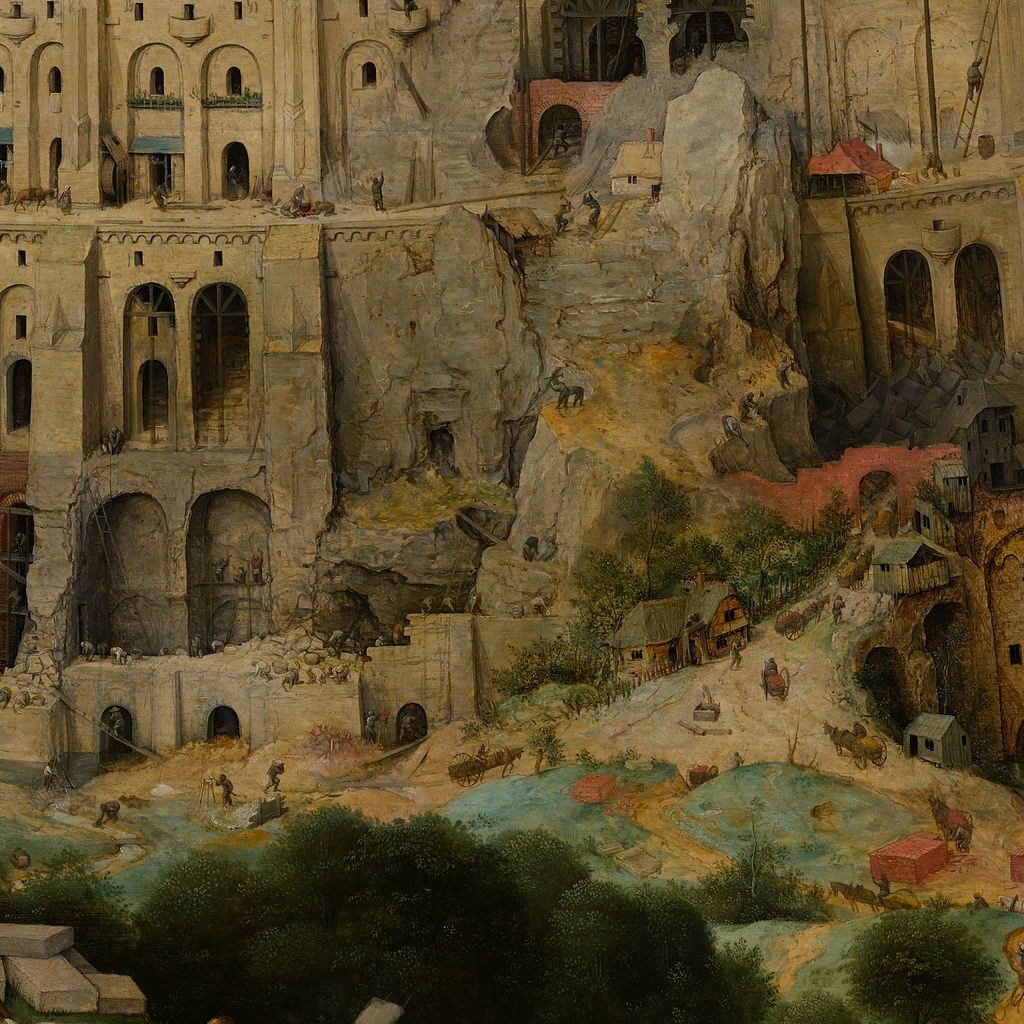
Af en toe worden hier stoffelijke overschotten binnengebracht waarvan mijn doodgravers het belang onderschatten.
Continue reading

Af en toe worden hier stoffelijke overschotten binnengebracht waarvan mijn doodgravers het belang onderschatten.
Continue reading
This happened four years ago but I only found out today, by way of Linda Hutcheon.
Hayden White was an American historian known for his book Metahistory: The Historical Imagination in Nineteenth-century Europe (1973).
The Invention of the Art of Drawing (1791) illustrates the Butades myth.
The myth is reported by Pliny.
This is the story: a certain Kora (also called Callirhoe), was in love with a boy at Corinth who had to leave the country. Whereupon she drew on the wall the outline of the shadow of his face. From this outline her father Butades modeled a face in clay, and baked the model, thus preserving for his daughter a face in relief of the boy she loved.
My thoughts? Amazing, but, couldn’t Butades just as well have made a death mask of the face of the boy?
This post is inspired by Victor Stoichita‘s book Short History of the Shadow (1997).
PS Pliny’s shadows remind me of da Vinci’s stains.
Photo (I accidentally mirrored it) of three books by Victor Stoichita. It shows (from left to right) The Pygmalion Effect, Visionary Experience in the Golden Age of Spanish Art and Short History of the Shadow.
The photo was taken against the backdrop of the University of Antwerp library at the Prinsstraat.
I was surprised to find these books in the collection of the Ruusbroec Institute of all places. Not so surprising it would appear the following day after doing my homework, as on February 6th 2014 Stoichita gave a lecture at the UCSIA, on the visionary experience in art. John of Ruysbroeck (after which the Ruusbroec Institute was named) was a Flemish mystic and Stoichita has written on the visionary experience.
A pity I missed that lecture.
Victor Stoichita’s oeuvre very obliquely reminds me of David Toop‘s and especially his last work Sinister Resonance: The Mediumship of the Listener (which I have still to read, or better said, “hold in my hands”, as I’ve researched it already online), in particular the chapter Art of silence. As I’ve noted in a previous post[1], in that book Toop references Stoichita. Three times[2], to be exact, I just checked.
I started reading Short History of the Shadow and in the introduction I found Plato’s cave, Pliny’s shadow and Hegel on lightness and darkness.
When we were children, there was a joke about three boys sitting in a boat. One was called biteme, another one pinchme and a third hitme.
Hitme fell out of the boat. Who remained in the boat?
You can guess what happened next.
In Rabelais and His World, Bakhtin describes a somewhat similar word game.
A 13th century medieval monk searched all biblical and patristic texts for sentences containing the word nemo, Latin for nobody.
He then interpreted phrases such as “nemo deum vidit” (“Nobody has seen God”), along with many other references to nobody, to mean that Nemo referred to a proper noun and thus was a certain person and that the phrase actually meant “Saint Nobody has seen God”.
That text, known as the “History of Nemo“, is now lost, but its story is not and it is easy to see why it so fascinated medieval everyman.
Bakhtin remarks: “everything impossible, inadmissible, inaccessible is, on the contrary, permitted for Nemo. Thanks to this transposition, Nemo acquires the majestic aspect of a being almost equal to God, endowed with unique, exceptional powers, knowledge (he knows that which no one else knows), and extraordinary freedom (he is allowed that which nobody is permitted.)”
I am reminded of another childhood memory. I have younger brother who is called Joost. There is a Dutch expression which says “Joost mag het weten,” (literally “Joost is allowed to know [it]”) meaning “heaven knows” or “God knows” (nobody knows).
When we were children, many people used to say jokingly to my brother “Joost mag het weten.”
One day — apparently fearing that some big secret was being kept from me — I asked my mother. “Mother, when am I allowed to know it?”
PS 1. If you like these word games, I recently posted on the medieval nonsense word blituri[1].
PS 2. Nobody is also a subcategory of the void and a sister category of nothing. I recently mentioned the void [2].

Mona Lisa Smoking a Pipe by Eugène Bataille (Sapeck) (page from the book Le rire, source Gallica.bnf.fr)
I’ve been fascinated by the Incoherents since I first stumbled upon them in 2007[1][2].
After becoming a member of the Royal Museum of Fine Arts Antwerp library some weeks ago, I have been able to consult two seminal books on that movement’s history: the Arts incoherents, academie du derisoire exhibition catalog (1992) by Luce Abélès/Catherine Charpin and The Spirit of Montmartre: Cabarets, Humor and the Avant-Garde, 1875-1905 (1996) by Phillip Dennis Cate.
Object of my research was to check the dates of works I consider canonical to the proto-avant-garde, dates which I previous held to be the neat series of 1882, 1883 and 1884.
It’s a pity, but I’ve had to adjust that series to 1882, 1883 and 1887: Negroes Fighting in a Tunnel at Night (1882), Funeral March for the Obsequies of a Deaf Man (1884) and Mona Lisa Smoking a Pipe (1887).
According to my research, Mona Lisa Smoking a Pipe by Sapeck, which is still listed over at Wikipedia as originating in 1883 and erroneously titled as Le rire, in fact first saw the light of day in 1887, in the book Le Rire by Coquelin cadet.
Wikipedia is not the only reference work in error. The Oxford Critical and Cultural History of Modernist Magazines erroneously states that this Mona Lisa was first shown in 1883 at the second “Incohérents” exhibition.
What is the importance of this augmented Mona Lisa?
Simple.
Perhaps the invention of high art with capital ‘A’ coincided with the first blows of its ridicule. This augmented Mona Lisa was a desecration, a violation, a rape of its masterpiece: the Mona Lisa proper by da Vinci.
Think about it.
Los Chinchillas from Los Caprichos by Francisco de Goya
I’m reading Rabelais and His World and I’m taking notes as I go along.
There is much repetition of the tropes of Rabelais in Bakhtin’s book. For example, the term dismemberment is mentioned about twenty times and gaping about ten times. The grotesque body and what it stands for is explained over and over again.
It suddenly occurred to me that Francisco Goya is the specialist of the gaping mouth.The mouth which is wide open. Incidentally, gaping means yawning in my language (Dutch).
This morning I looked up the combination Goya/gaping/mouth.
British art critic David Sylvester came to the same conclusion:
One can add to this the Lazarillo painting and the Caprichos There Is Plenty to Suck, Ya es hora, Estan calientes and the force-fed Chinchillas. And from the Desastres: the vomiting man in Para eso habeis nacido and the vomiting monster of Fiero Monstruo!
Self-Portrait with Bandaged Ear and Pipe, the purest version of the two ‘bandaged’ portraits.
Vincent van Gogh‘s two Self—Portraits with Bandaged Ear are the most perfect visual expression of the concept of the tortured artist, an artist who in this particular case literally in an act of self-torture cut off his own ear.
Van Gogh was a beautiful loser unacknowledged during his lifetime and posthumously rewarded with success.
One other painting in the category ‘existential angst’ comes to mind, the far more famous The Scream, depicting an artist tortured by existential angst.